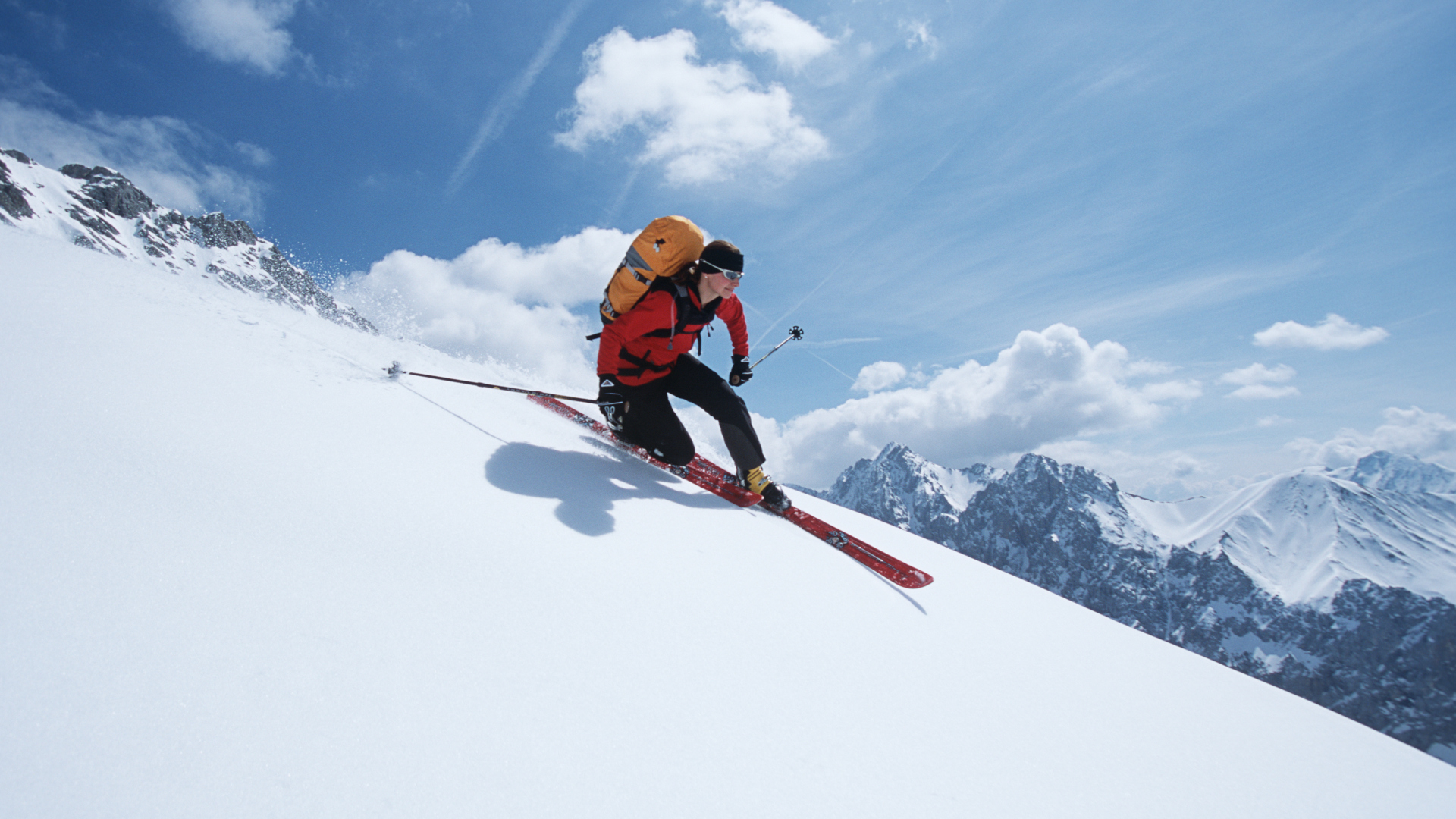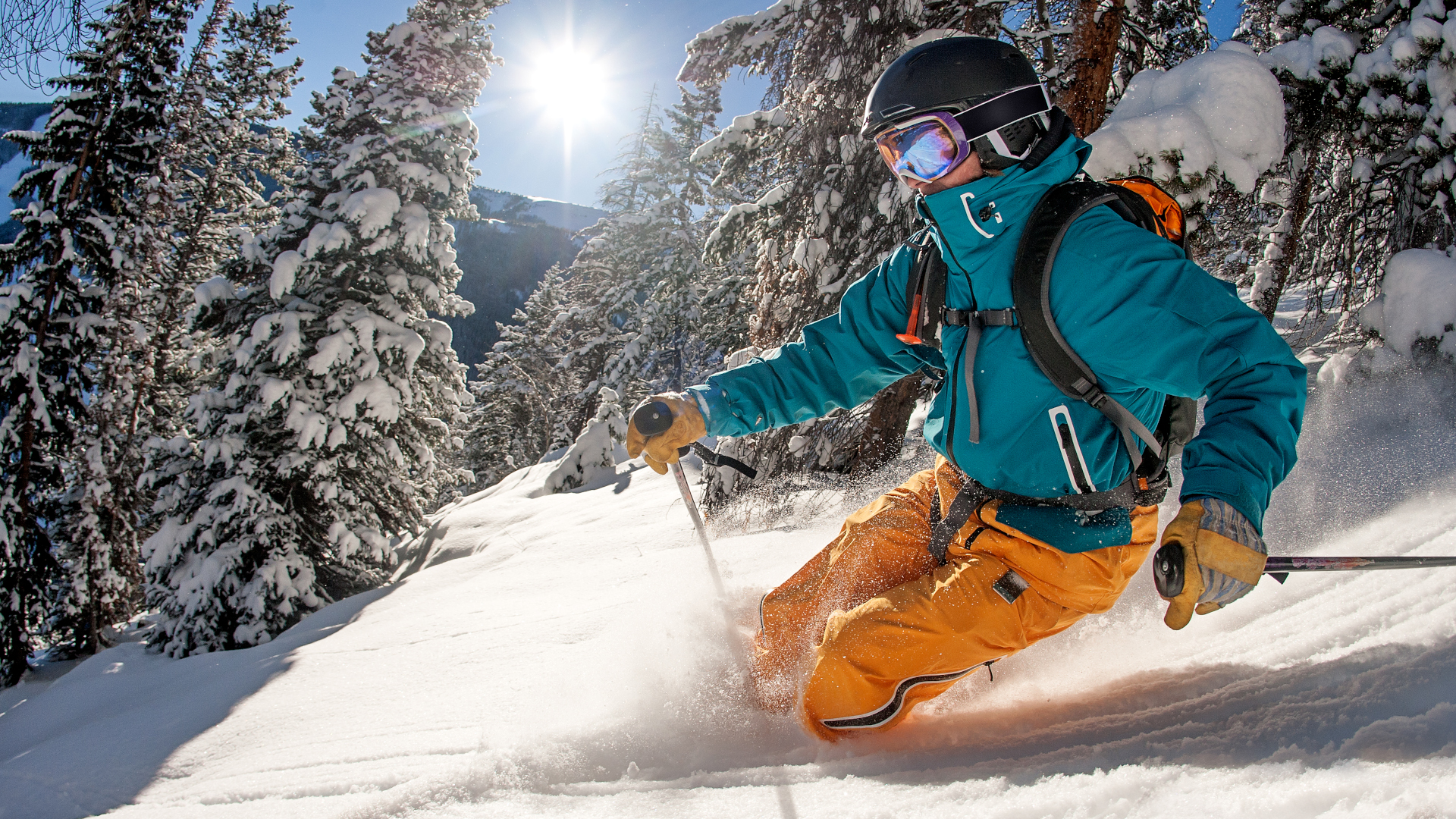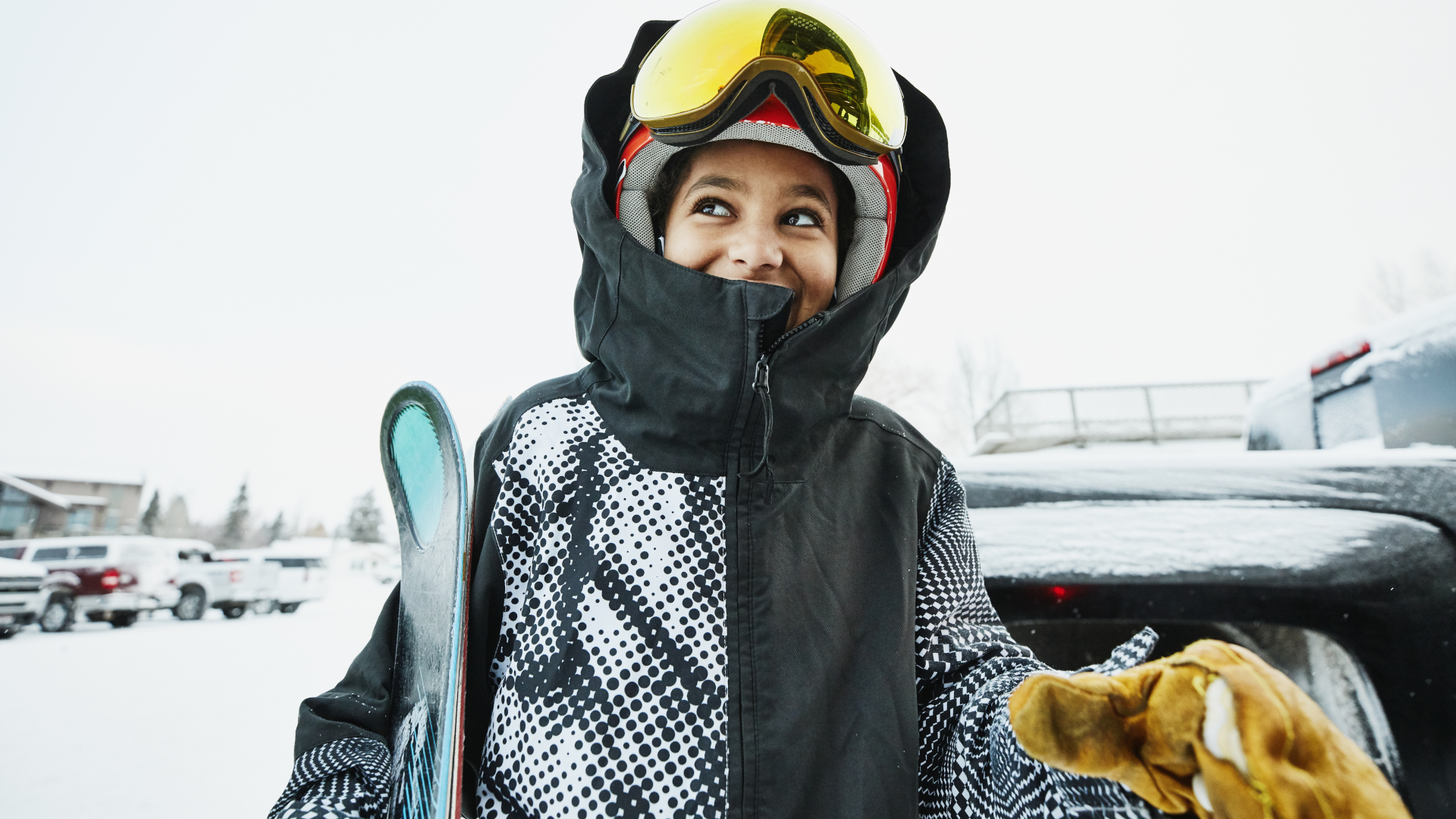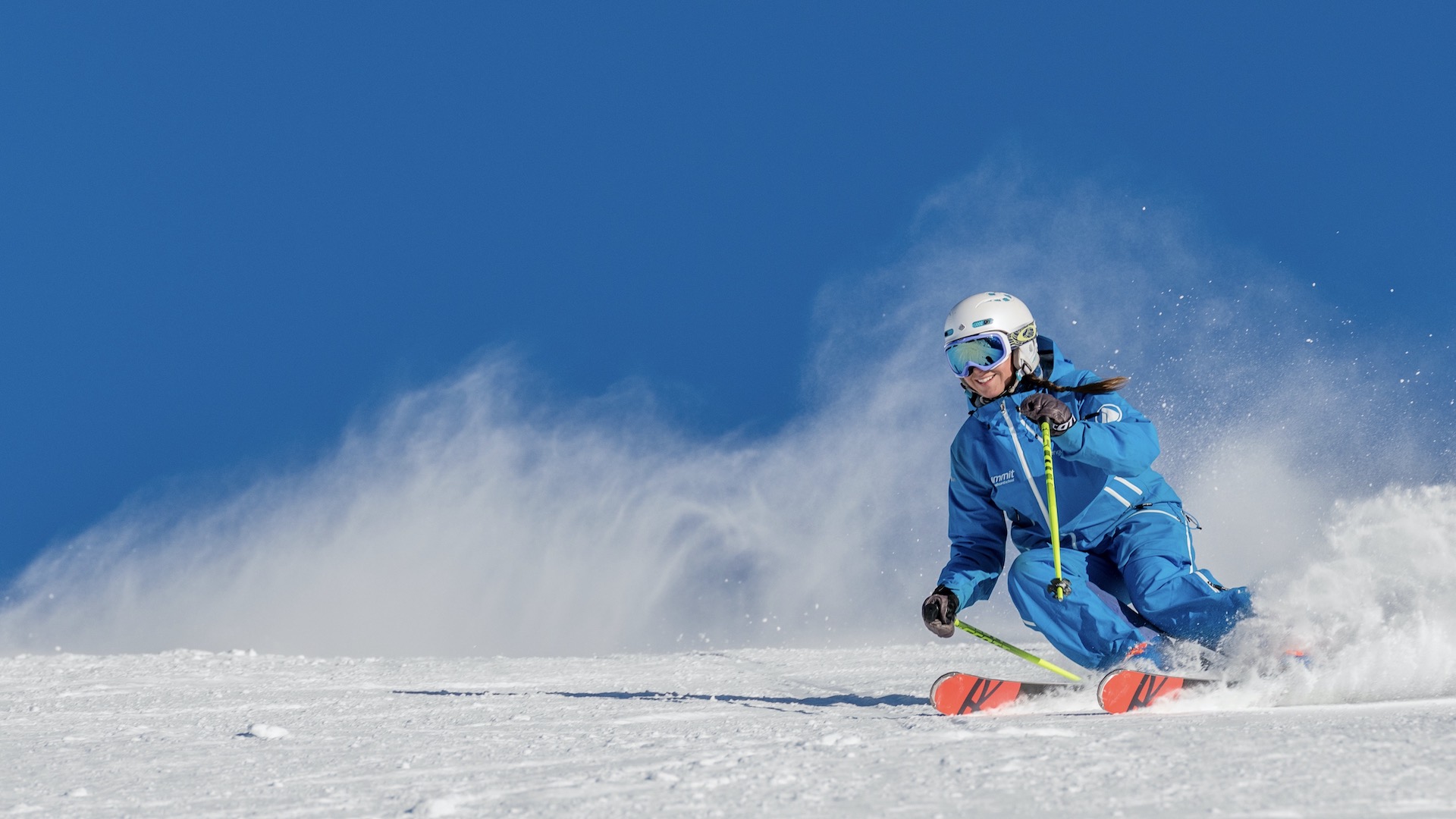How to choose the right ski length
Knowing how to choose the right ski length makes sure you master smooth turns on the hill and make the most of powder days

If you’re picking out a new pair of skis for the upcoming season, knowing how to choose the right ski length will play a large part in determining whether you have fun or fail on the slopes.
Many first timers consult their expert buddies and end up hitting the slopes in skis that are too long, making it difficult to turn and resulting in annoying crossed tips. The end result is that your skiing career may be very short indeed. If, on the other hand, you end up with skis that are too short, you might have less control, a lack of response from your skis and the skis may not absorb the vibration once you start to speed up, meaning a jaw chattering run.

The right length of skis will allow you to make smooth, comfortable turns and give you the freedom to improve at skiing.
Winter sports gear doesn’t come cheap, so it’s important to make the right decisions the first time around, not only to save you pain on the hill but to save you money too. So let’s take a look at the factors to consider when choosing the right ski length.
If you're still figuring out what kind of skiing you want to get into, check out our article on the benefits of cross country skiing.
How to choose the right ski length
First off, there isn’t a hard and fast rule for choosing ski length the way there is for, say, buying a pair of shoes. You have to take into account several variables, from your height and weight to what kind of skiing you’re doing and even where you’re doing it. As an example, a 5’8” skier might choose skis that are anywhere from 160 - 180 cm in length which is quite a range. Fortunately, there are some general guidelines that can help make sure you don’t end up dropping a lot of money on skis that end up becoming glorified coat hangers in your front hallway.

1. Consider your body type
For a rough starting point, you want skis that are roughly eye-height with you. That said, if you have a heavier body type, take that measurement and add a couple of centimeters. If you’re very light, deduct a couple of centimeters.
All the latest inspiration, tips and guides to help you plan your next Advnture!
2. Honor your experience level
Advanced and expert skiers often go a bit longer than the eye-height formula, while beginners will have a much easier time on shorter skis. If you’re brand new, don’t plan on “growing into” your skis. Choose a pair that are eye-height and focus on getting good before you upgrade.

3. Know the snow
For hard pack, groomed snow and ski racing, you might want to add a couple of centimetres to your ski length. For powder skiing, there’s some debate over whether you want to go longer or shorter but the truth is you really want wider to increase the surface area and allow you to float rather than sink. If you’re getting started with resort skiing, plan on groomed runs and you can work your way up to powder later, which is a bit more difficult to learn to ski and not everybody's cup of tea.
4. Learn your skiing style
Naturally, if you’re brand new to skiing, you won’t know this yet and should just go with the eye-height formula once again, which also works if you like just cruising around. If you already know you like to take long, fast turns, then add a couple of centimetres. If you take short, sharp, fast turns and moguls, then trim a couple of centimeters off the length.
Finally, the best thing you can do when choosing new skis is to demo a pair first. Test them out on the hill for a day and see if you like them before you shell out on them.
Julia Clarke is a staff writer for Advnture.com and the author of the book Restorative Yoga for Beginners. She loves to explore mountains on foot, bike, skis and belay and then recover on the the yoga mat. Julia graduated with a degree in journalism in 2004 and spent eight years working as a radio presenter in Kansas City, Vermont, Boston and New York City before discovering the joys of the Rocky Mountains. She then detoured west to Colorado and enjoyed 11 years teaching yoga in Vail before returning to her hometown of Glasgow, Scotland in 2020 to focus on family and writing.

